
Celery leaves are a great addition to many dishes, providing a fresh and celery-like flavor. However, if you don’t have any celery leaves on hand or can’t eat them due to dietary restrictions, there are plenty of alternatives you can use in their place. In this post, we will discuss celery leaves, what they taste like, what to do with them and the best substitutes for celery leaves.
What are Celery Leaves
Celery leaves are the green leaves that grow from the stalks of the celery plant. They are often removed from the versatile vegetable and discarded when preparing celery for cooking or eating. But they are actually edible and have a lot of flavor.
What do Celery Leaves taste like?
Celery leaves have a herbaceous and slightly bitter flavor or taste, with a subtle hint of celery-like flavor. Some people describe the flavor having a stronger flavor than celery stalks or celery root, with a slightly peppery taste or spicy taste. The leaves are also slightly crunchy and have a slightly fibrous texture, similar to other leafy herbs like flat-leaf parsley or cilantro, but with a slightly bitter taste.
Different Types of Celery Leaves
There are different types of celery plants, each with their own unique characteristics, and different flavors, including their leaves. The two main types of celery plants are Pascal celery and Chinese celery.
Pascal celery is the most common type of celery and is what you typically find in grocery stores. A Green color, has broad, light green leaves with thick, juicy stalks and a high water content .
Chinese celery, also known as cutting celery, is a smaller variety of celery that is popular in Asian cuisine and savroy dishes. It has thin green stalks, dark-green leaves with a strong earthy flavor that is more pungent than Pascal celery.
There are also some heirloom varieties of celery that have different leaf shapes and colors. For example, Redventure celery has dark-red leaves and stems, while Tango celery has frilly, lacy leaves with a sweet flavor.
Regardless of the type of celery plant, the leaves are generally edible and can be used in cooking or as a garnish.

Health Benefits of Celery Leaves
Celery leaves are not only flavorful, but they also provide several health benefits. Here are some of the potential health benefits of celery leaves:
- Rich in antioxidants: Celery leaves are a good source of antioxidants, which can help protect your body against damage from free radicals and reduce the risk of chronic diseases.
- High in vitamins and minerals: Celery leaves are rich in vitamins A, C, and vitamin K, as well as minerals like potassium and calcium, which are essential for healthy bones and muscles.
- May help lower inflammation: Some studies have suggested that celery leaves may have anti-inflammatory properties, which could help reduce inflammation in the body and lower the risk of chronic diseases like heart disease and cancer.
- May aid in digestion: Celery leaves contain dietary fiber, which can help promote regularity and improve digestive health.
- May help regulate blood pressure: The high levels of potassium in celery leaves may help regulate blood pressure by counteracting the effects of sodium in the diet.
- May have antibacterial properties: Some studies have suggested that celery leaves may have antibacterial properties, which could help prevent the growth of harmful bacteria in the body.
Overall, incorporating celery leaves into your diet can provide several health benefits, making them a nutritious addition to your meals.
How to use Celery Leaves
Celery leaves are such a versatile ingredient, and it can be used in a variety of savory dishes. Here are some ways to use celery leaves:
- Soups and stews: Add a handful of celery leaves to soups and stews for a fresh and herbaceous flavor. They are particularly good in carrot soup, chicken soup, and lentil soup.
- Salads: Use celery leaves as a salad green, either on their own or mixed with other greens like spinach or arugula and even pasta salad. They add a crunchy texture and a fresh, celery flavor. They are even a great addition to salad dressings.
- Sandwiches: Use celery leaves as a lettuce substitute in sandwiches. They add a crisp and refreshing element, and pair well with meats and cheeses.
- Smoothies and juices: Add a handful of celery leaves to your favorite smoothie or juice recipe for an extra boost of nutrients and flavor. With a mild flavor and similar taste, it’s a great alternative to other greens.
- Pesto: Use celery leaves in place of basil in a homemade pesto recipe. The leaves have a similar texture and flavor profile to basil, but with a slightly more bitter and herbaceous taste.
- Garnish: Use celery leaves as a garnish for soups, stews, and other dishes. They add a pop of color and flavor, and can also help to enhance the presentation of the dish.
- Stuffing: Use celery leaves as an ingredient in stuffing for poultry or as a vegetarian stuffing. They add a unique flavor and texture to the stuffing, and help to infuse it with a fresh and herbaceous taste.
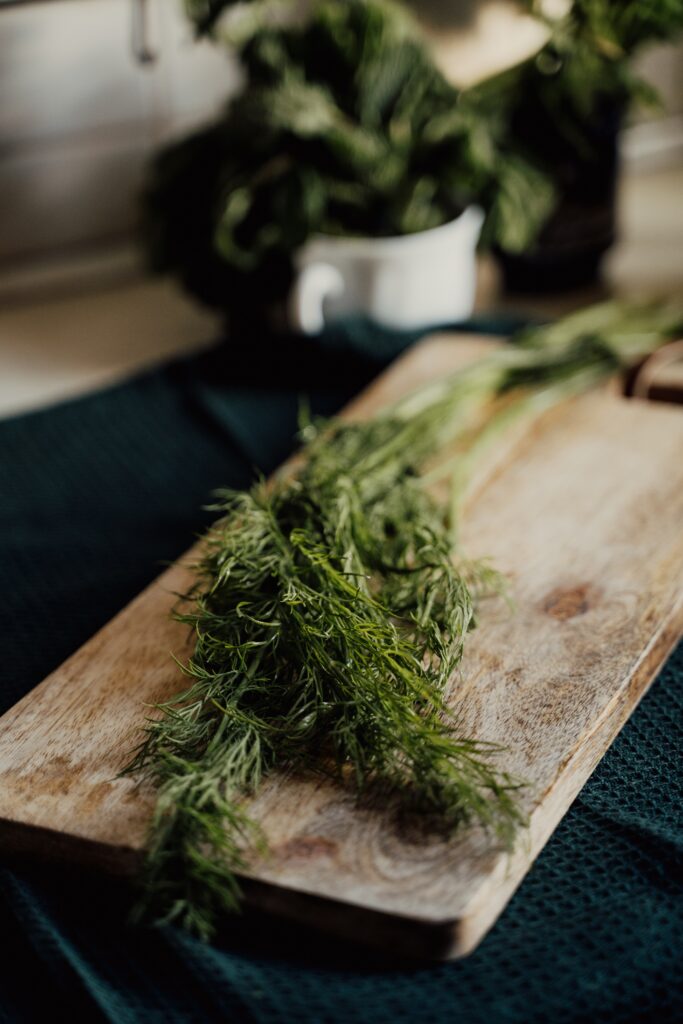
The Best Substitutes for Celery Leaves in Recipes
Many recipes now call for celery leaves, but what if you don’t have some on hand? Here are some of the top substitutes for celery leaves on popular recipes:
- Parsley: Parsley is a great substitute for celery leaves, as it has a similar fresh and herbaceous flavor. You can use it in soups, stews, salads, and sauces. It’s also a great garnish for many dishes.
- Cilantro: Cilantro is another herb that can be used as an excellent substitute for celery leaves. It has a bright and citrusy flavor that can add a nice kick to many dishes. Use it in Mexican or Asian-inspired dishes for a pop of flavor.
- Dill: Dill weed is another herb that can be used as a substitute for celery leaves. Fresh dill has a similar flavor profile, with a slightly sweet and tangy taste. It’s a great replacement in soups, stews, and salads, and is also a popular garnish for fish dishes.
- Chervil: Chervil is an herb that is often used in French cuisine. It has a delicate flavor that is similar to parsley and celery leaves, with a hint of anise. It’s great alternative in salads, sauces, and egg dishes.
- Lovage: Lovage is an herb that is closely related to celery, and has a similar flavor profile. It has a strong and savory taste, and is great in soups and stews. It’s also a popular ingredient in traditional German cuisine.
- Fennel fronds: If you have fennel stalks on hand, you can use the fronds as a good replacement for celery leaves. They have a similar flavor profile, with a slightly sweet and licorice-like flavor. Use them in chicken salad, soups, and stews.
- Basil: Basil is a versatile herb that can be used in many dishes. It has a sweet and slightly peppery flavor, and can be used as a substitute for celery leaves in soups, stews, and sauces.
- Carrot Greens: Carrot greens can be a good substitute for celery leaves in some recipes, as they have a similar taste and texture. The greens on top of the popular root vegetable, it’s the perfect substitute for soups, and salads and a great swap for garnishes.
How to Store Celery Leaves: Step-by-Step Directions
Storing celery leaves properly can help extend their shelf life and is one of the best ways to preserve their flavor and nutritional value. Here are some tips for storing celery leaves:
- Remove the leaves from the stalks of celery and wash them thoroughly under running water.
- Pat the leaves dry with a clean towel or use a salad spinner to remove excess moisture.
- Store the leaves in an airtight container or a resealable bag. If using a bag, make sure to remove as much air as possible before sealing it.
- Place the container or bag in the refrigerator. Celery leaves are best stored in the vegetable crisper drawer, where the temperature and humidity levels are ideal for preserving their freshness.
- Use the leaves within a week for the best flavor and texture. After that, they may start to wilt and lose their mild flavor.
- If you notice any signs of spoilage, such as mold or a foul smell, discard the celery leaves immediately.
Can you Freeze Celery Leaves?
Yes, you can freeze celery leaves for later use. Freezing is a great way to preserve the flavor and nutritional value of celery leaves.
How to freeze celery leaves
- Wash the celery leaves thoroughly under running water and pat them dry with a clean towel.
- Chop the leaves into small pieces or leave them whole, depending on how you plan to use them.
- Place the chopped or whole leaves in a resealable freezer bag or an airtight container.
- Seal the bag or container tightly, making sure to remove as much air as possible.
- Label the bag or container with the date and contents.
- Place the bag or container in the freezer and freeze for up to 6 months.
When you’re ready to use the frozen celery leaves, simply remove them from the freezer and thaw them in the refrigerator overnight. You can then use them in your favorite recipes as you would fresh celery leaves. However, keep in mind that frozen celery leaves may have a softer texture than fresh leaves, so they may not work as well as a garnish or in raw salads. But they will still add flavor and nutrients to cooked dishes like soups, stews, and casseroles.

Can you Dry Celery Leaves?
Yes, you can dry celery leaves to preserve them for later use. Drying is a great way to extend the shelf life of celery leaves and concentrate their flavor.
How to dry celery leaves
- Wash the celery leaves thoroughly under running water and pat them dry with a clean towel.
- Spread the leaves out on a baking sheet lined with parchment paper or a silicone mat.
- Place the baking sheet in a warm, dry place with good air circulation, such as a sunny windowsill or a dehydrator.
- Allow the leaves to dry completely, which can take several days to a week depending on the humidity level.
- Once the leaves are completely dry and crisp, remove them from the baking sheet and transfer them to an airtight container or a resealable bag.
- Label the container or bag with the date and contents.
Dried celery leaves can be stored in a cool, dry place for several months. When you’re ready to use them, simply crumble the leaves into your recipes. Dried celery leaves are particularly good in soups, stews, and sauces, as they add a concentrated flavor and aroma. They can also be used to make homemade spice blends or as a seasoning for roasted vegetables.
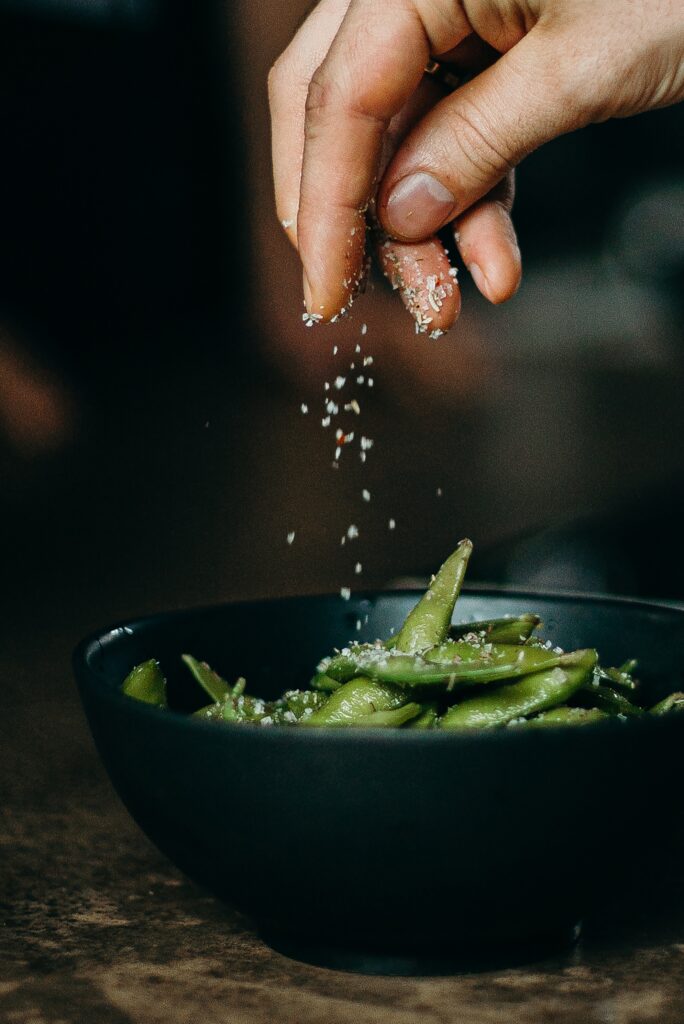
Celery Leaf Salt: Homemade Recipe
Celery leaf salt is a popular spice in Indian cuisine, and it’s flavorful seasoning that you can make at home using celery leaves and salt. Here’s a simple recipe for homemade celery salt using celery leaves:
Ingredients
- 1 cup of celery leaves, washed and dried
- 1/4 cup of coarse sea salt or table salt
Directions
- Preheat your oven to 200°F (93°C).
- Line a baking sheet with parchment paper and spread out the celery leaves in a single layer.
- Place the baking sheet in the oven and bake the celery leaves for 15-20 minutes or until they are completely dry and crisp.
- Remove the baking sheet from the oven and let the celery leaves cool.
- Once the celery leaves are cool, place them in a food processor or spice grinder and pulse until they are finely ground.
- In a bowl, mix the ground celery leaves with the coarse sea salt until well combined.
- Transfer the celery leaf salt to an airtight container and store it in a cool, dry place.
In conclusion
While celery leaves are a great ingredient, there are plenty of substitutes that can be used to achieve a similar flavor profile. Try experimenting with these substitutes in your favorite dishes to find the perfect match.

Christopher is a food and lifestyle expert, recipe developer and the content creator behind May Eighty Five. With years of experience in the kitchen, he also shares tips, tricks and how to’s that he has learnt over the years. Every week, he shares quick, simple and mostly healthy recipes along with some home and entertaining tips. You will find flavorful cocktails, delicious appetizers, tasty mains and some indulgent desserts. As a home decor enthusiast, he also likes to share simple DIY projects and simple tips for a beautiful home.


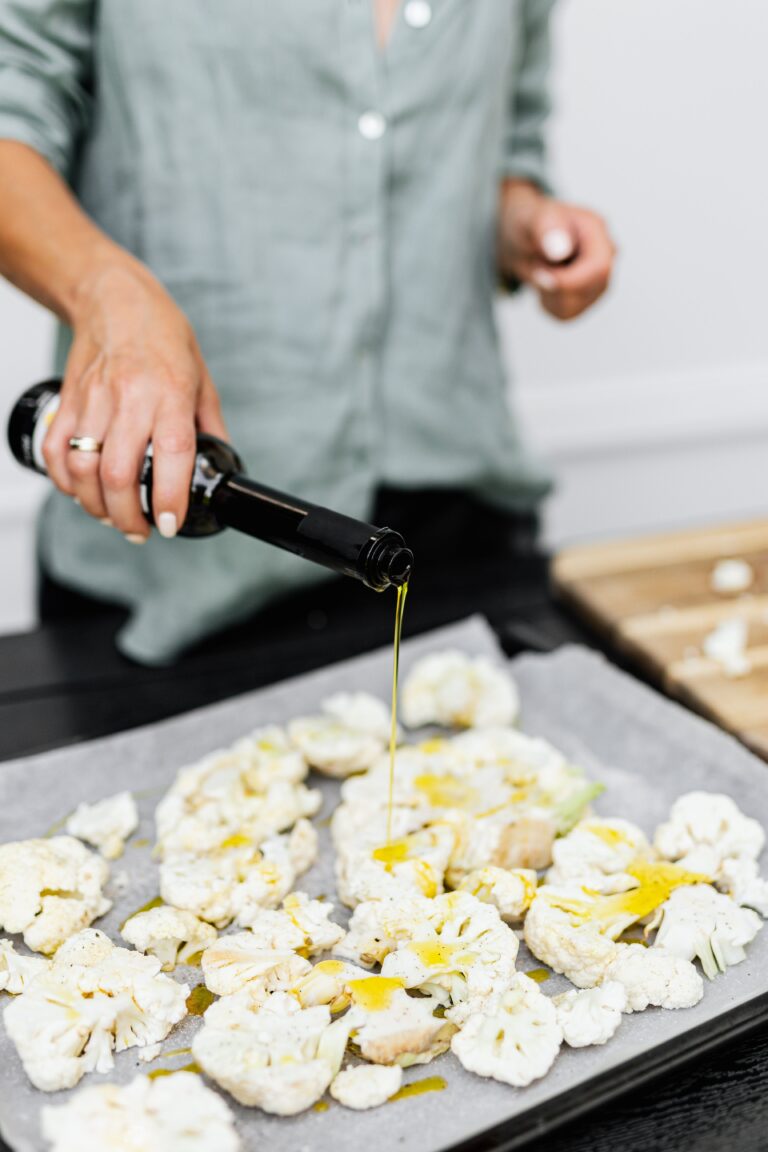

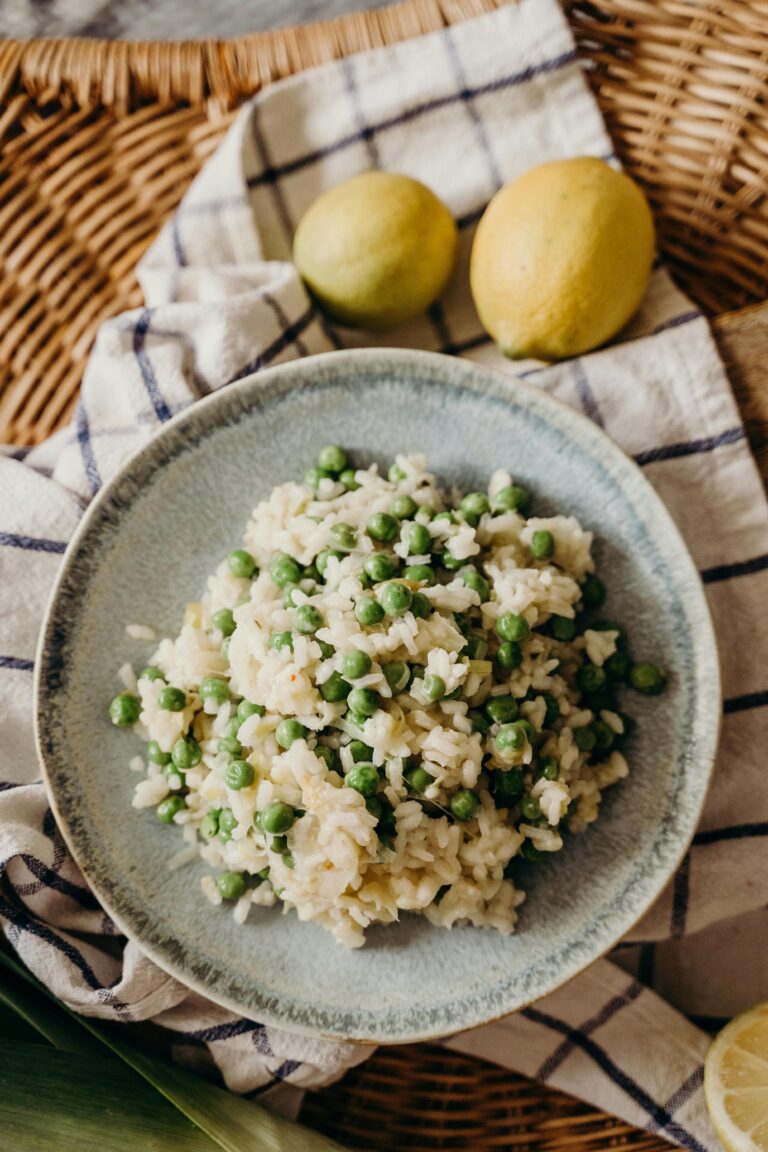
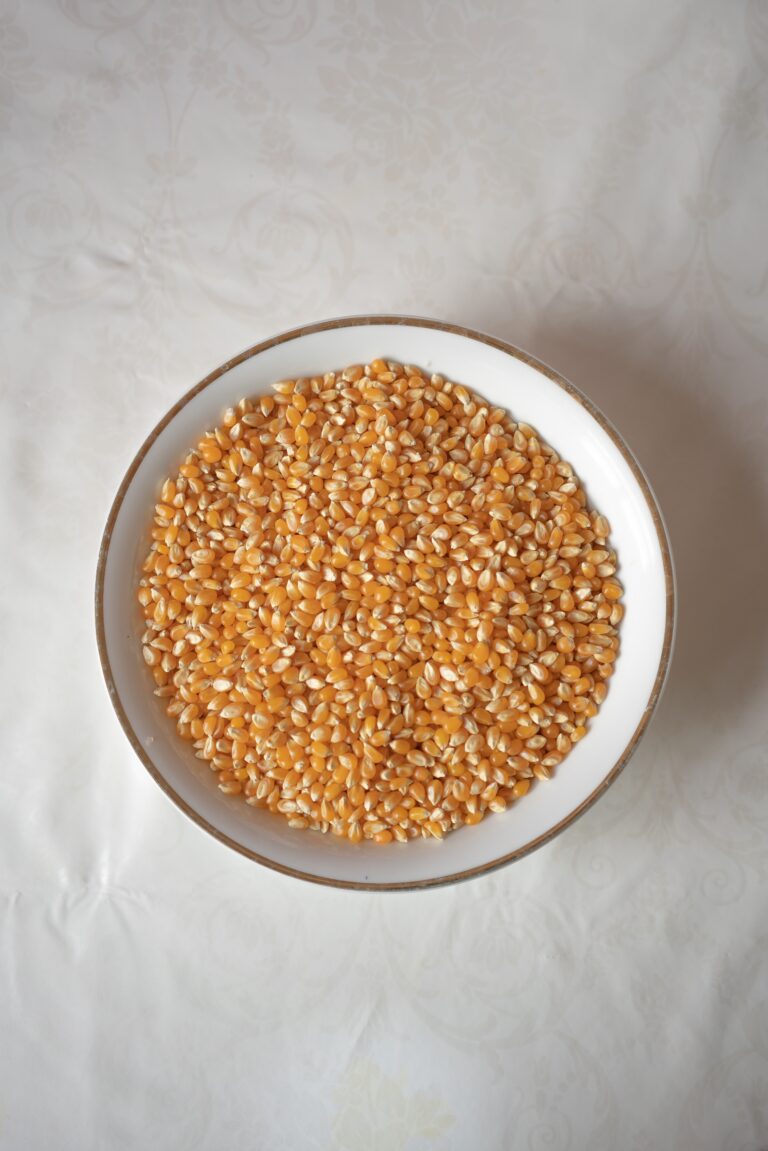

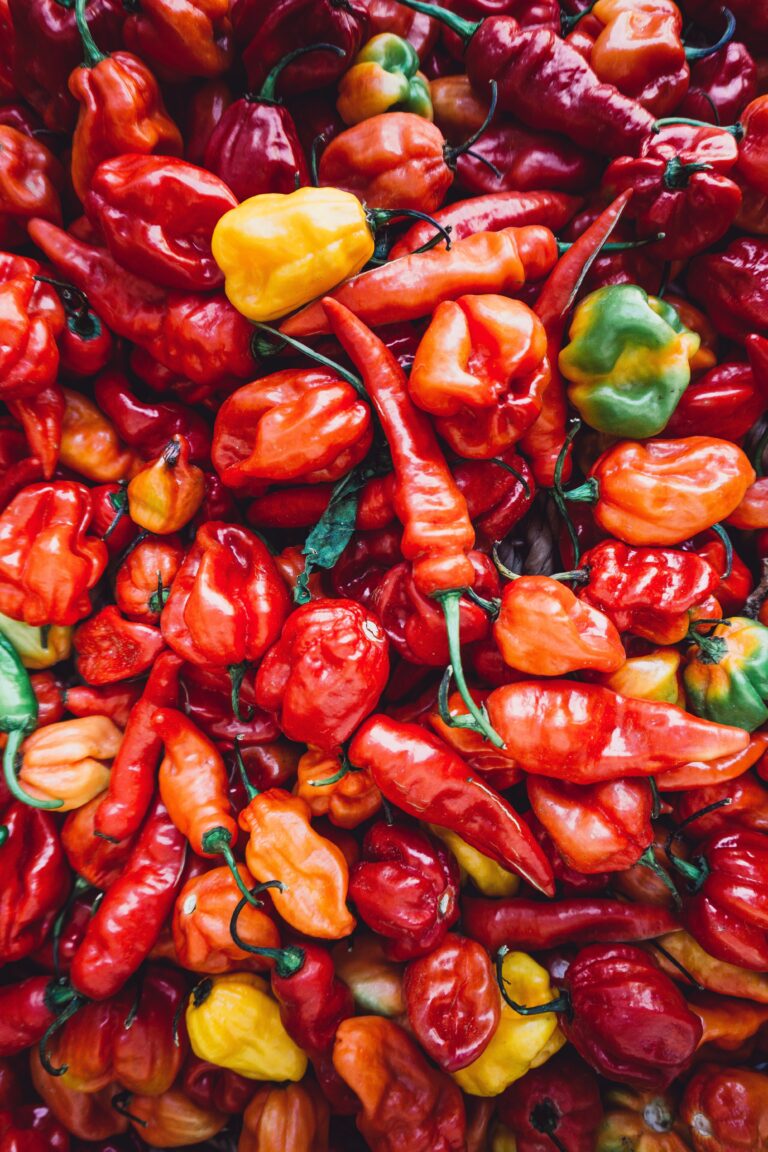
One Comment